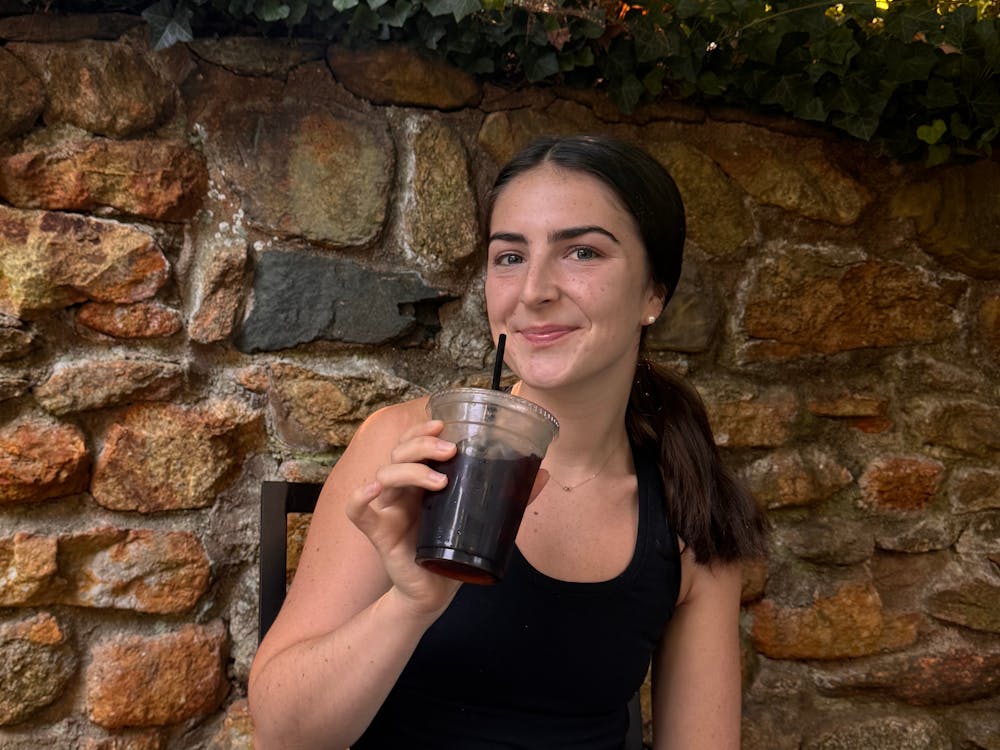"Done with indoor complaints, libraries, querulous criticisms, Strong and content I travel the open road."
So sings Walt Whitman in his meandering, brilliant ode to experience, "Song of the Open Road." He's absolutely passionate in his love for the road, and he extols its beauty as something that expresses him better than he can express himself. That's quite a statement from the voluminous American writer who argues the greatest poet is the one who "knows the soul." Whitman is telling us that traveling the road in some way accents what is already inside each of us. How, then, can taking to the road articulate more fully what one supposedly knows?
There's only one way to find out.
Over the next few weeks, I'll take to the road and report back in written form, searching along the way for an answer to that question. Enjoy the trip.
Exploring home
The logical site to begin is the place you think you know the best, and for me, that spot is Manassas, Va., the town I've called home for all of my 21 years.
|
Manassas has been home to quite a few newsmakers in the past decade, including a couple named the Bobbitts and a once-vegetative Hugh Finn. But the town's biggest claims to fame are over a century old: not one, but two Civil War battles, remembered in the still-preserved battlefields on the northern end of the suburb near Routes 29, 66, 15 and 234.
The Manassas National Battlefield Park is a sprawling landscape of green strewn with reminders of the war, from old cannons to memorials erected for the fallen. But for me and many visitors, it always has been a playground of sorts, where kites fly high and picnics are a treat. On this trip, I perused the fields with an historic, rather than blithe, approach. The afternoon resulted in a substantial education.
A tourist's best start for exploration of the battlefields is the Visitors Center, where one can view artifacts and movies or take guided tours. But for our purposes, the landscapes do much better teaching on a one-on-one basis, with markers to explain the sites. Park at the Visitors Center, but skip the guidance.
Venture over to the cannons and crawl on top of them. Stand behind the grand guns and imagine being behind them in battle. After all, most of the soldiers in First and Second Manassas were young and seemingly invincible, as we often act.
Walk over to the Confederate side and envision pouring out of the woods as they did in the war's first full-scale battle.
Cross back over the field and explore the grounds of the Henry House, behind which the Union soldiers stood. Imagine the dilemma of old bedridden Mrs. Henry, who was ordered to leave her house but could not do so because of her condition. She rested in her bedroom as the battles progressed and died when artillery fire struck her there.
Pay special attention to the magnificent memorials that dot the fields, like the "Men of the Patriots" Union formation by the Henry House or the stoic Stonewall Jackson statue in the middle of the field. Get close enough to read the dedication to the patriots. Walk right up to the statue and read the words that gave the general his nickname on that very soil.
Across the street at the intersection of Routes 29 and 234, peek around the old Stone House, which served as a Union hospital. Climb the hill behind it for a spectacular view of the battlefields.
Travel a bit south on 29 for a view of more Union memorials, these pertaining to the victorious Second Manassas. From these memorials, cross the road to the haunting Confederate cemetery. Local women buried the skeletons that had littered the field for over a year after the second battle. Of the 100 plus at rest, only two were identified, and their gravestones are particularly poignant. Pay specific attention to their ages. The others in the mass grave are marked only by state.
Travel a bit north up the road and walk over the Stone Bridge at Bull Run, over which the defeated parties retreated. It's especially eerie at dusk in the spring, when the croaking frogs seem louder than your own thoughts. And watch out for ghosts: Some locals claim to have seen soldiers hanging out by the bridge.
The memorials and landmarks are things I knew existed at the Battlefields of Manassas. But I never took the time to let them educate me as a child or a teen. Part of my home had seemed completely foreign to me. It just took a bit of motivation to answer the questions I had about the land near my home. What questions do you have about yours?






